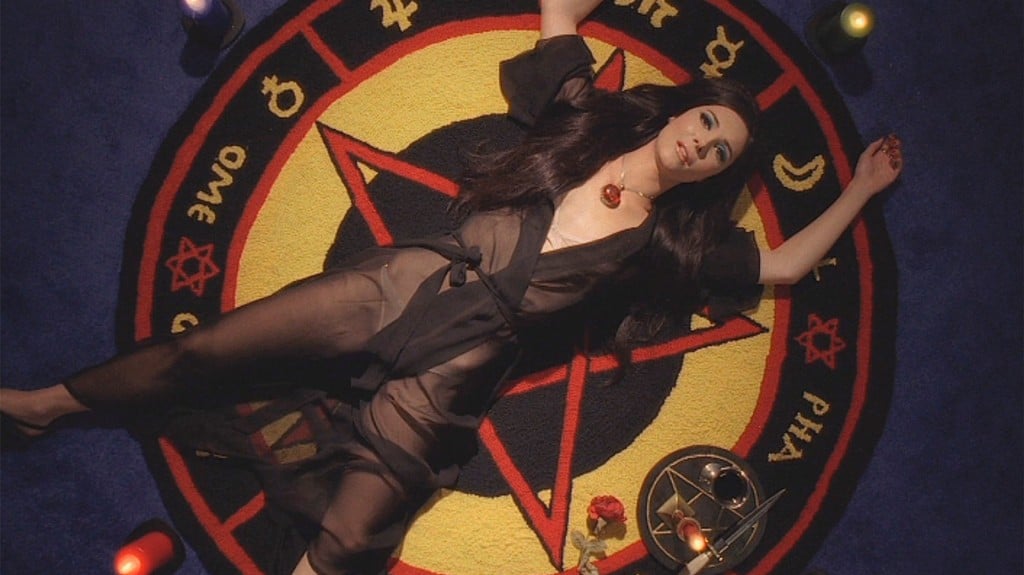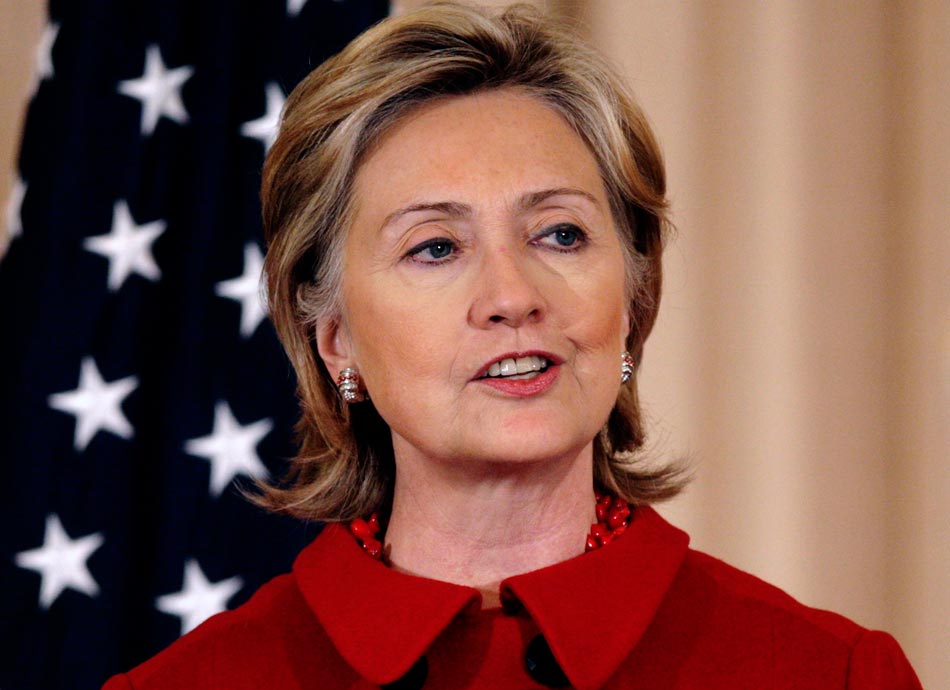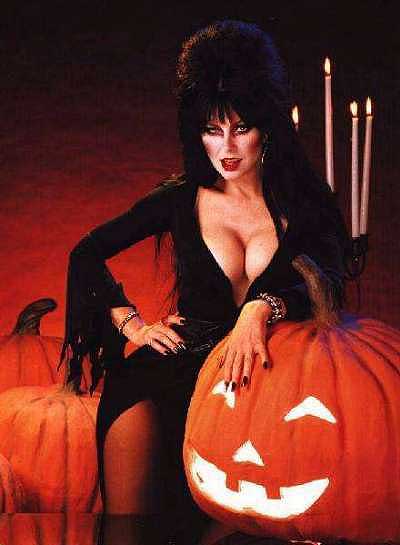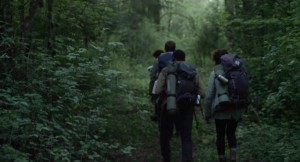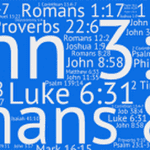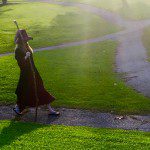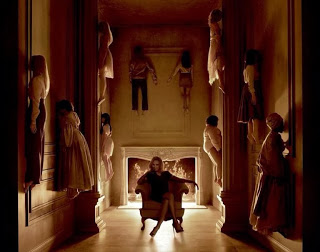 The Media Witch has been bewitched.
The Media Witch has been bewitched.
No, I mean that. Two episodes into this season on American Horror Story (COVEN) and I am enamored of its slick arty look, its take no prisoners daring, its outrageous disregard for history, and its shameless envelope-pushing. I mean, hey. Why have a hot television show that’s not at least somewhat controversial?
I know, as a media critic and practicing witch and activist, that I am supposed to be overtly critical of media portrayals that trumpet the “evil witch” stereotype, but honestly, isn’t the over-the-top witch narrative something many of us were raised on and that we secretly love, crave, even?
But the show is not merely about witches (a school of them, in fact, a posh academy in New Orleans, founded to help hereditary witches—for don’t these stories always presuppose innate, inborn powers?), but also about voodoo.
I was not alone in thinking the new season of AHS would be set in Salem, and as news of cast members slowly trickled forth, first the name Gabourey Sidibe, then Angela Basset, well we all wondered which one would be Tituba, the Barbadian slave who was at the heart of the Matter of Salem, the hapless servant who taught the teenage girls of the village about love magic and potions.
But the show is set almost entirely in New Orleans, and Bassett plays Marie Leveau (both circa 1780 and the present day), while Sidibe is a teen witch named Queenie whose angry, working, urban working class background is barely offset by a portrayal that screams “OTHER!” Queenie is black, female, poor, a witch, and some would say, grossly overweight: not to mention, her “super power” (all these teenage girls at the school have them) involves being, in her words, a “human voodoo doll.” She can do anything to harm herself and feel no pain, but the target of her magic feels the horrible pain of being stabbed, cut, or thrust into boiling oil.
The other three witches (why are there always FOUR teen witches? It’s The Craft and Charmed all over again; we get it!) are white and from more privileged backgrounds: Madison is a movie star whose telekinesis comes out when her sense of entitlement is threatened; Zoe (the default protagonist, played by the excellent Taissa Farmiga of the first season) is a normal high school girl who happens to be able to kill boys when she has sex with them; and Nan/Annette, played by the developmentally-disabled actress Jamie Brewer, is clairvoyant and knows what others think, what they have done.
Then there’s Cordelia Fox (Sarah Paulson, the fascinating Lana Winters of AHS: ASYLUM), who oversees the school and may be inappropriately using fertility magic (phallic phantasmagoric snakes appear in the magic circle), and who lives in the shadow of her mother Fiona Goode (the inimitable Jessica Lange, whose past two seasons on AHS have proven her to be one of the finest actresses of her generation, if there was any doubt), known as “The Supreme,” or the most powerful of witches whose powers embody all the single super-powers of the girls, and more.
Fiona is in conflict with the modern Marie Leveau (Bassett); the former has lost her looks and youth, but has amassed great wealth; and the latter scrapes by running a salon in the 9th Ward, yet maintains her youthful beauty after two hundred years. Fiona frees the cursed Madame LeLaurie (Kathy Bates), a cruel slave owner imprisoned in an eternal grave by Leveau, as punishment for mutilating her lover, and offers her in trade to Leveau for the gift of youth. We’ll see how that turns out.
The willful betrayal of sisterhood is but one theme the show visits repeatedly, along with the insatiable sexual desire of women (didn’t Kramer and Sprenger have something to day about that? Indeed, they said “all witchcraft comes from carnal lust, which is in women insatiable.” In other words, women are teh evil.) There is also a great deal of boundary pushing with racial stereotypes, which I will discuss in a future blog post.
There’s more to talk about: there’s herb magic and fried chicken, and pop culture references to everything from Kieslowski’s Three Colors films to Stevie Nicks to Buffy the Vampire Slayer. More anon, witchlings…
My friend Lilith Dorsey (of Voodoo Universe) and I have been hosting live chats every Thursday night; being able to discuss the show with a voodoo priestess who, like me, is also a media studies scholar, is a rich and rewarding way to process this delicious show, which, despite being occasionally predictable and frequently derivative of any number of witch narratives, has been thoroughly entertaining so far. I’m eagerly awaiting the rest of the season.
I hope you all, dear readers, find equally bewitching magics in watching this show. (Apparently, much of Patheos has already, as they are now featuring American Horror Story: COVEN in their Entertainment pages!)
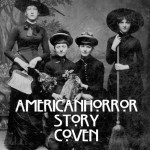 For more on American Horror Story: COVEN from Patheos writers, check out the show’s topic page on the Patheos Entertainment channel.
For more on American Horror Story: COVEN from Patheos writers, check out the show’s topic page on the Patheos Entertainment channel.






